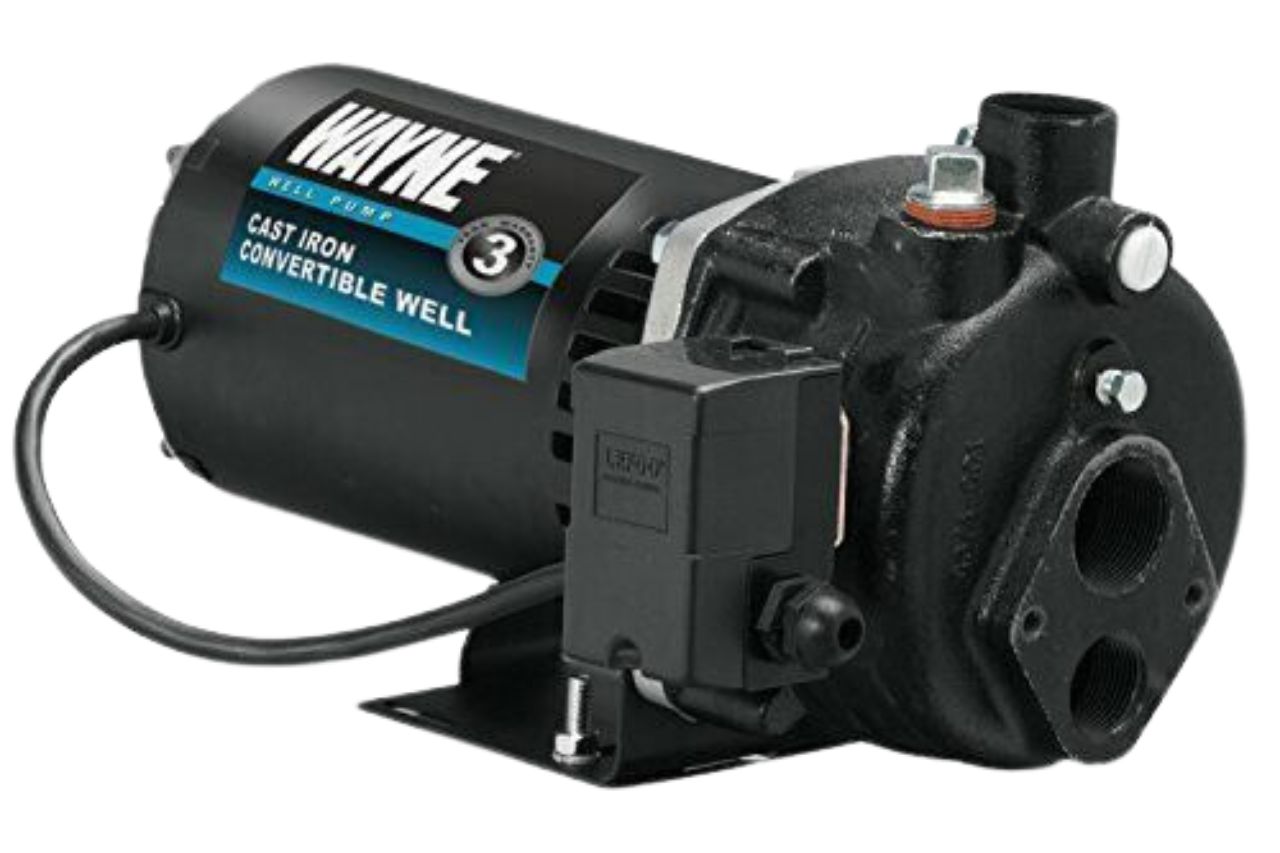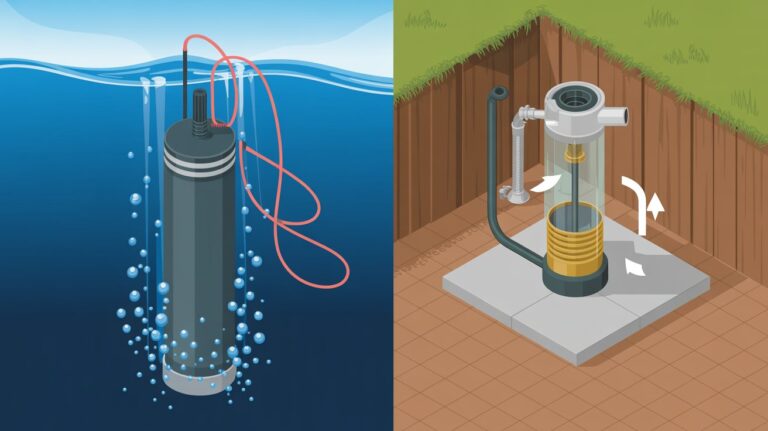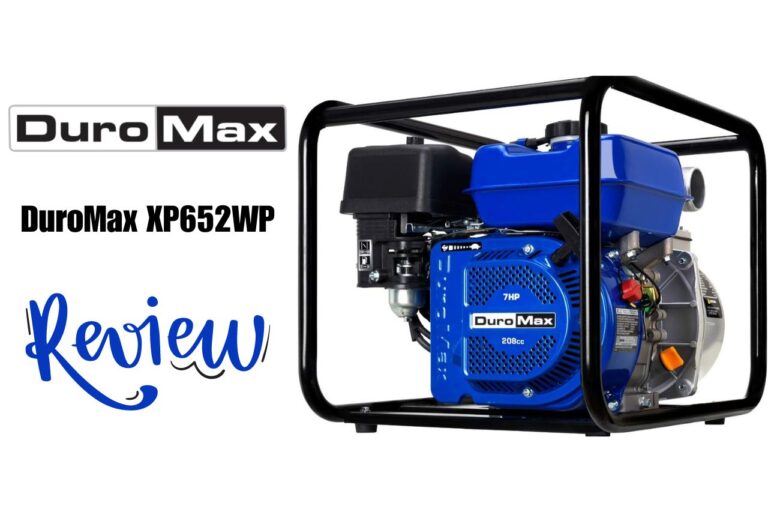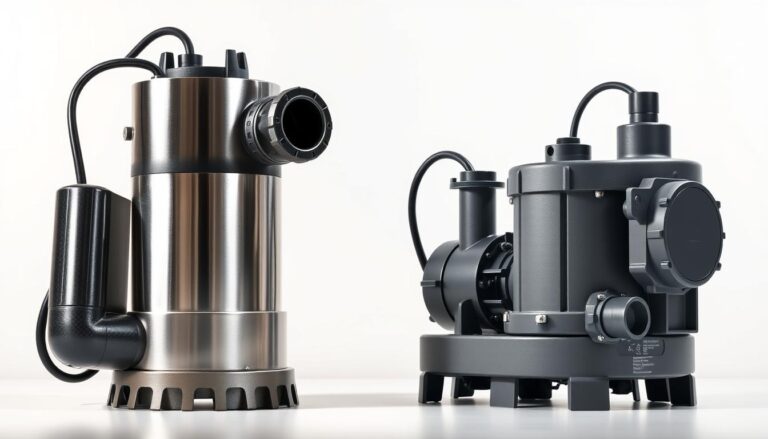Signs That Your Well Pump Might Be Oversized
Experiencing water pressure issues or higher energy consumption? It’s crucial to ask: Is your well pump too big? While a powerful pump may seem good, it can cause problems for your water system. It wastes energy, damages pipes, fixtures, and the pump itself. In this article, we’ll explore signs of an oversized well pump and provide tips to avoid overpowering your system. By understanding the right pump size and taking necessary measures, ensure optimal performance, energy efficiency, and longevity. Don’t let an oversized pump overshadow your water supply – read on to avoid this pitfall.
Understanding the concept of well pump size and its impact on water systems
When it comes to well pumps, size matters. The size of your well pump refers to its capacity to deliver water to your home. It is typically measured in gallons per minute (GPM). A well pump that is too big for your water system can create a range of issues.
One of the main problems with an oversized well pump is that it can cause frequent cycling. This means that the pump turns on and off more frequently than necessary, which not only wastes energy but also puts unnecessary strain on the pump and other components of your water system. Additionally, an oversized pump can lead to water hammer, a phenomenon that occurs when the flow of water is suddenly stopped or changed direction, causing a loud banging noise and potentially damaging your pipes and fixtures.
An undersized pump, on the other hand, may not be able to meet the water demands of your household, resulting in low water pressure and inadequate water supply. Therefore, it is crucial to find the right balance and size your well pump correctly.
Signs of an overpowering well pump in your water system
Determining whether your well pump is too big for your water system can be challenging, especially if you’re not familiar with the signs. However, there are a few indicators that can help you identify an overpowering pump.
1. Frequent cycling: If your well pump turns on and off more frequently than usual, it could be a sign that the pump is too big for your water system. This constant cycling not only wastes energy but also puts unnecessary strain on the pump, potentially leading to premature failure.
2. Water hammer: If you notice loud banging noises coming from your pipes when you turn on or off a faucet or flush a toilet, it could be a sign of water hammer. Oversized well pumps can cause sudden changes in water flow, leading to this disruptive and damaging phenomenon.
3. High energy consumption: An oversized well pump consumes more energy than necessary to meet your water demands. If you’ve noticed a significant increase in your energy bills without any other obvious reasons, it could be attributed to an overpowering pump.
By recognizing these signs, you can take the necessary steps to address the issue and avoid further complications.
The drawbacks of an oversized well pump
Having an oversized well pump can have several negative consequences for your water system. Let’s take a closer look at some of the drawbacks you may encounter:
1. Increased energy consumption: An oversized pump requires more energy to operate, resulting in higher energy bills. This not only impacts your budget but also contributes to unnecessary energy waste and environmental harm.
2. Frequent cycling and wear and tear: As mentioned earlier, an oversized pump tends to cycle more frequently than necessary. This constant on-off cycling puts a strain on the pump, leading to increased wear and tear and potentially shortening its lifespan.
3. Water hammer and pipe damage: An overpowering pump can cause sudden changes in water flow, leading to water hammer. The resulting pressure surges can damage your pipes, fixtures, and even appliances connected to your water system.
4. Inefficient water distribution: An oversized pump may generate excessive pressure, leading to uneven water distribution throughout your home. This can result in reduced water pressure in some areas and wasted water in others.
Understanding the drawbacks of an oversized well pump is essential for taking proactive measures to prevent these issues and maintain the efficiency of your water system.
Calculating the appropriate well pump size for your water system
To avoid overpowering your water system, it is crucial to determine the appropriate size for your well pump. Calculating the right pump size involves considering several factors, including your household’s water demands, well capacity, and elevation.
1. Water demand: Start by assessing your household’s water needs. Consider the number of occupants, bathrooms, appliances, and any other factors that require water supply. This will help you determine the minimum flow rate required to meet your needs.
2. Well capacity: Understanding your well’s capacity is essential for sizing your pump correctly. The well yield, which refers to the amount of water the well can produce, should be taken into account. It is typically measured in gallons per minute (GPM).
3. Elevation: The elevation of your property plays a role in sizing your well pump. If your home is located at a higher elevation, you may need a more powerful pump to overcome the additional head pressure.
By considering these factors, you can calculate the appropriate well pump size that matches your water system’s requirements.
Factors to consider when selecting the right well pump size
When selecting the right well pump size, it’s important to consider a few additional factors to ensure optimal performance and efficiency.
1. Pump efficiency: Look for a pump that offers high efficiency. Choosing an energy-efficient model can help reduce energy consumption and lower your operating costs in the long run.
2. Pressure tank size: The size of your pressure tank also affects the performance of your water system. A properly sized tank can help reduce pump cycling and ensure a steady water supply.
3. System maintenance: Regular maintenance is crucial for keeping your water system in good condition. Be sure to schedule routine inspections and any necessary repairs to avoid potential issues caused by an oversized pump.
By taking these factors into consideration, you can select the right well pump size that meets your water demands while ensuring energy efficiency and system longevity.
Steps to avoid overpowering your water system with an oversized well pump
Now that you understand the importance of the right well pump size and the potential issues associated with an overpowering pump, let’s explore some practical steps to avoid this common pitfall.
1. Consult a professional: If you’re unsure about the correct well pump size for your water system, it’s always a good idea to consult a professional. A qualified well pump technician can assess your specific needs and recommend the appropriate pump size based on various factors.
2. Perform a flow rate test: Conducting a flow rate test can help you determine the minimum flow rate required to meet your household’s water demands. This test involves measuring the water flow from various fixtures simultaneously to establish your actual needs.
3. Consider a variable-speed pump: Variable-speed pumps are designed to adjust their speed based on water demand, providing a more efficient and precise water supply. Investing in a variable-speed pump can help prevent overpowering and reduce energy consumption.
4. Install a pressure regulator: A pressure regulator can help control the water pressure in your system, preventing excessive pressure caused by an oversized pump. This device ensures a steady and consistent pressure throughout your home.
5. Regularly monitor and adjust pressure settings: Keep an eye on your pressure settings and make adjustments as needed. This will help ensure that your pump is operating within the recommended pressure range, preventing unnecessary strain on the system.
By following these steps, you can avoid overpowering your water system with an oversized well pump and maintain optimal performance and efficiency.
Other considerations for maintaining an efficient water system
While sizing your well pump correctly is crucial, there are other factors to consider for maintaining an efficient water system:
1. Water conservation: Implementing water conservation practices, such as fixing leaks, using efficient fixtures, and minimizing water waste, can help reduce the strain on your water system and optimize its performance.
2. Regular maintenance: Schedule regular maintenance for your well pump and water system. This includes inspecting and cleaning the pump, checking for leaks, and ensuring all components are in good working condition.
3. Water quality testing: Regular water quality testing is essential for identifying any potential issues that may affect your water system’s performance. Test for contaminants, pH levels, and hardness to ensure the longevity of your water system.
By incorporating these considerations into your water system maintenance routine, you can enhance efficiency and prolong the lifespan of your well pump.
Common myths and misconceptions about well pump sizing
There are several common myths and misconceptions surrounding well pump sizing. Let’s debunk some of them:
1. “Bigger is always better”: Contrary to popular belief, a bigger pump is not always better. Oversizing your well pump can lead to a range of problems, as discussed earlier. It’s important to find the right balance and size your pump correctly for optimal performance.
2. “Adding pressure tanks solves all problems”: While pressure tanks can help reduce pump cycling and provide a steady water supply, they are not a solution for an oversized pump. It’s essential to address the root cause by sizing your pump appropriately.
3. “You can never have too much water pressure”: Excessive water pressure can cause damage to your pipes, fixtures, and appliances. It’s important to maintain a pressure range that is safe and suitable for your water system.
By debunking these myths, you can make informed decisions when it comes to sizing your well pump and maintaining an efficient water system.
Conclusion and final thoughts on optimizing your water system with the right well pump size
Ensuring the proper sizing of your well pump is crucial for maintaining an efficient water system and avoiding potential issues caused by an overpowering pump. By understanding the signs of an oversized pump, calculating the appropriate size, and implementing practical steps to prevent overpowering, you can optimize the performance, energy efficiency, and longevity of your water system.
Remember to consult a professional if you’re unsure about the correct well pump size for your water system. Regular maintenance, water conservation practices, and monitoring pressure settings are also essential for maintaining an efficient water system.
Don’t let an oversized well pump overshadow your water supply. Take control of your water system and enjoy uninterrupted, consistent water pressure and supply by choosing the right well pump size. Your wallet, energy bills, and the environment will thank you.
Optimize your water system today and avoid the pitfalls of an overpowering well pump.







